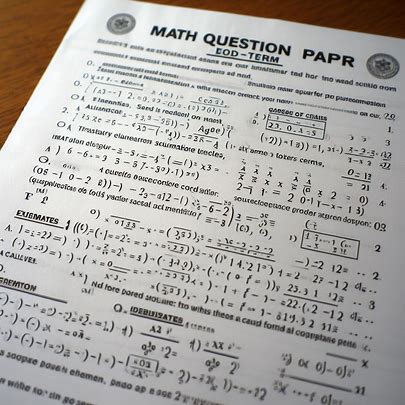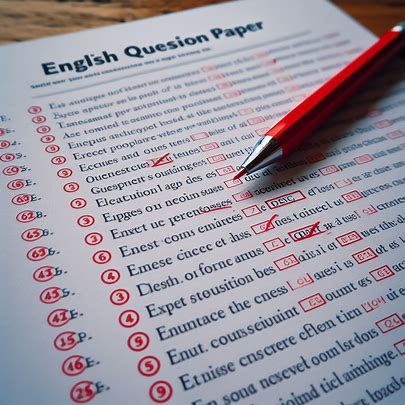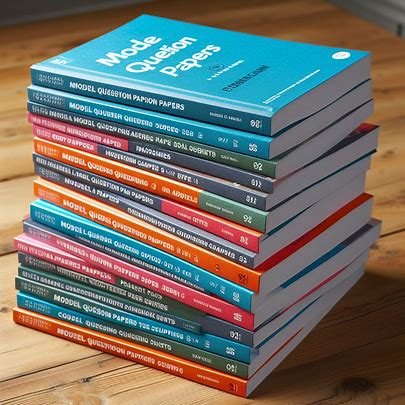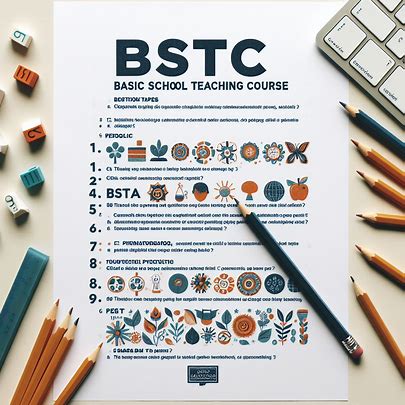Table of Contents
Unraveling the 2019 HS Bengali Question Paper: A Journey Through Words
Introduction
As the sun dipped below the horizon in 2019, thousands of students across West Bengal sat down to unravel the mysteries of the Higher Secondary 2019 Bengali question hs paper. These sheets of paper held not just ink and words but also dreams, aspirations, and the promise of knowledge. Let’s delve into the intricacies of that year’s Bengali exam, exploring its nuances and significance.

Why Look at Past Papers (Like the 2019 HS Bengali Question Paper)?
Examining past question papers can be a strategic tool for exam preparation. Here’s how it benefits you:
- Understanding the Exam Format: Familiarize yourself with the structure of the question paper, including the number of sections, question types (essay writing, multiple choice, etc.), and the topics typically covered.
- Identifying Exam Trends: Analyzing past papers (like the 2019 HS Bengali question paper) can reveal recurring themes and topics. This allows you to tailor your studies to focus on the most important areas.
- Developing Test-Taking Strategies: Practicing with past papers helps you manage exam time effectively and approach different question types with confidence.
Reliable Resources Beyond the 2019 Exam
While we can’t provide the exact 2019 paper, here are some helpful resources to fuel your HS Bengali exam prep:
- West Bengal Council of Higher Secondary Education (WBCHSE) Website: (https://wbchse.wb.gov.in/) This is your official source for the HS Bengali syllabus and other exam-related information.
- Educational Websites and Forums: Trustworthy educational websites and forums might offer downloadable resources like sample HS Bengali question papers and answer keys. Ensure they align with the current syllabus.
- Mock Tests: Several online platforms offer mock tests designed to simulate the actual HS Bengali exam format. These can be a great way to gauge your preparation level and identify areas for improvement.
1. The MCQ Dilemma
The question paper began with multiple-choice questions (MCQs). Students faced a series of options, each carrying the weight of correctness. “Choose wisely,” whispered the paper, as it tested their understanding of literature, grammar, and culture. The correct answers lay hidden, waiting to be discovered amidst the inked possibilities.
2. Short Answers, Profound Insights
Beyond the MCQs, the paper unfolded into short-answer questions (SAQs). These concise queries probed deeper – asking about colors, prayers, and the essence of life. “What does ‘Ushna Lal’ signify?” it inquired. Was it the fiery red of the setting sun, the elusive warmth of distant stars, or perhaps the passion burning within a poet’s heart?
3. The Tale of Raktakar Oksore Dekhilam
Among the prose passages, the story of “Raktakar Oksore Dekhilam” beckoned. A tale of mystery, intrigue, and the human condition, it left students pondering. What did the protagonist witness in the blood-stained letters? Was it a dream, a reality, or a reflection of their own struggles? The answer lay within the folds of the narrative.
4. The Art of Interpretation
“Interpret,” urged the paper. Dive into poems, dissect their metaphors, and unravel their emotions. “Jari gaan” echoed through the verses – a word pregnant with meaning. Was it joy, sorrow, or perhaps the cry of a wounded heart? Students grappled with interpretations, seeking to capture the essence of these poetic expressions.
5. The Legacy of Rusi Deshiya
As the clock ticked, the question paper introduced Rusi Deshiya – a renowned filmmaker. His canvas was celluloid, his brush strokes frames. His legacy whispered through the corridors of time, urging students to explore the magic of cinema. What stories did he tell? What emotions did he evoke? The answers lay beyond the exam hall, waiting to be discovered.
Conclusion
In 2019, the HS Bengali question paper transcended mere academia. It became a vessel of curiosity, a bridge to knowledge, and a testament to human endeavor. As students penned their responses, they etched their own stories – narratives of growth, resilience, and the pursuit of wisdom. And so, the ink flowed, connecting past, present, and future.
FAQ About 2019 Bengali Question Paper HS
What type of questions were included in the 2019 HS Bengali question paper?
- The 2019 HS Bengali question paper consisted of multiple-choice questions (MCQs) and short answer questions (SAQs). It covered various aspects of the Bengali language.
Can you provide specific examples of questions from the 2019 HS Bengali paper?
- Certainly! Here are a few sample questions along with their answers:
- Question 1: “What does the phrase ‘বড় বউ ভাবতে চেষ্টা করে’ imply?”
- Answer: The correct option is (গ) তখনও চাঁদ উঠবে কিনা (The moon will still rise).
- Question 2: What does the term ‘জারি’ mean in a song?
- Answer: It means (ঘ) ক্রন্দন (weeping).
- Question 3: Who directed the famous Russian film “Раш деш” (Rash Deshiya)?
- Answer: Andrei Tarkovsky.
- Question 1: “What does the phrase ‘বড় বউ ভাবতে চেষ্টা করে’ imply?”
- Certainly! Here are a few sample questions along with their answers:
Where can I find the complete set of 2019 HS Bengali question papers with answers?
- You can find the complete 2019 HS Bengali question paper along with answers on various educational websites and platforms. Some resources include:








